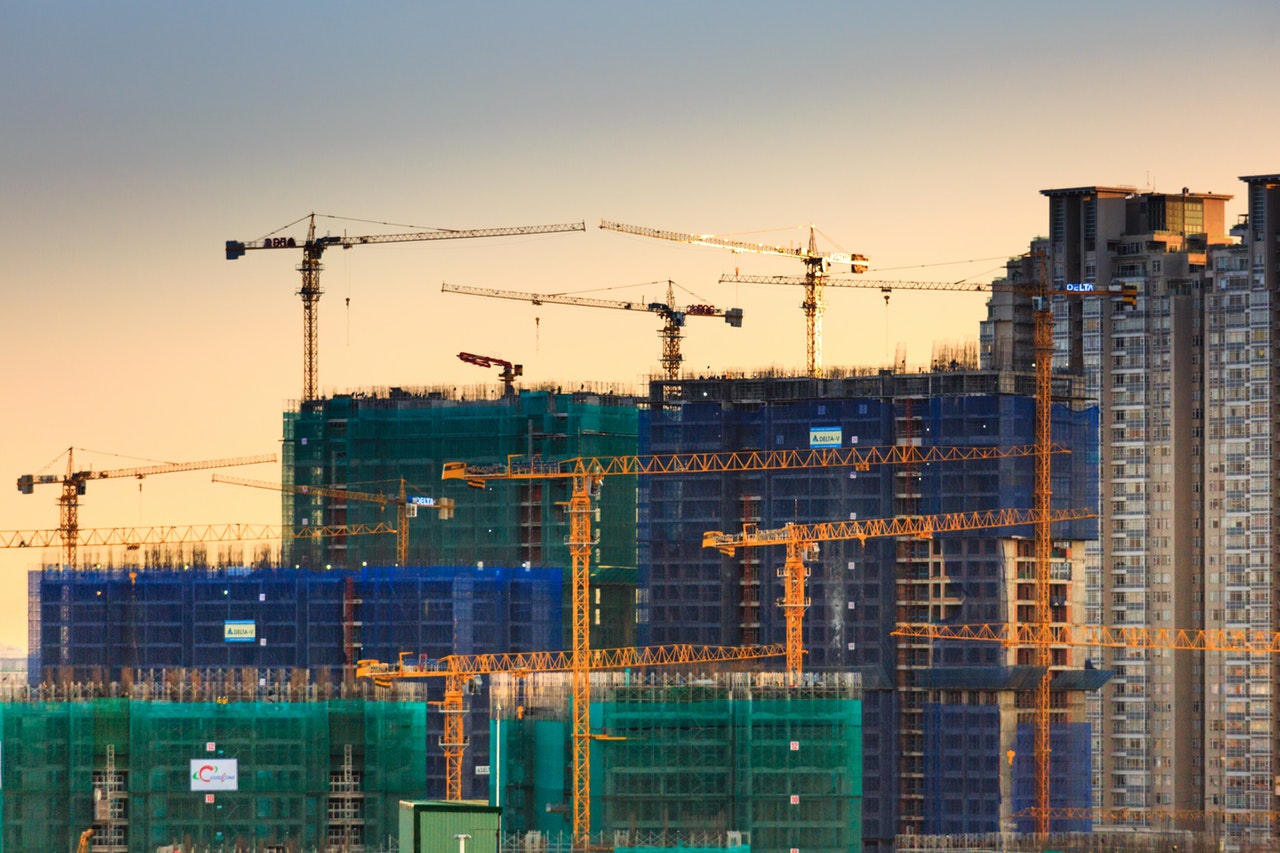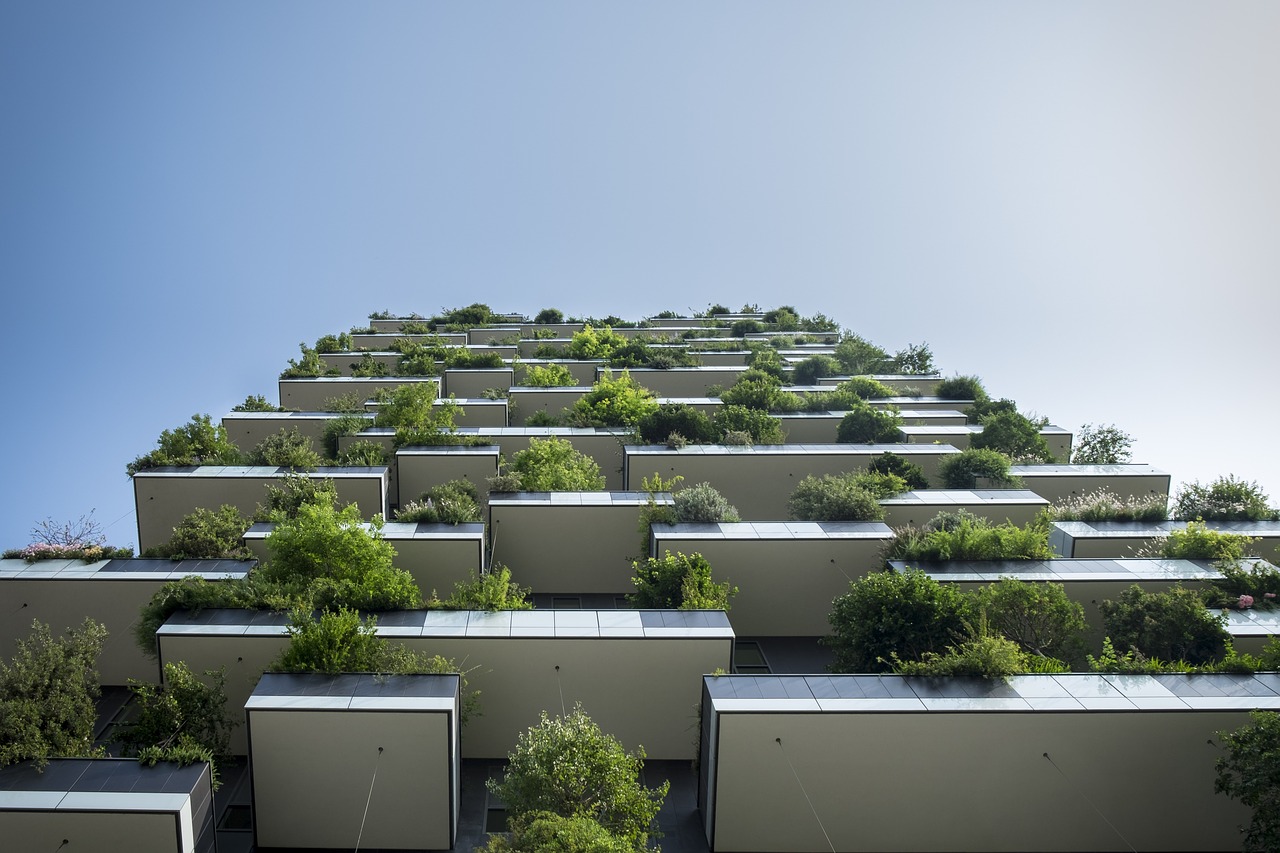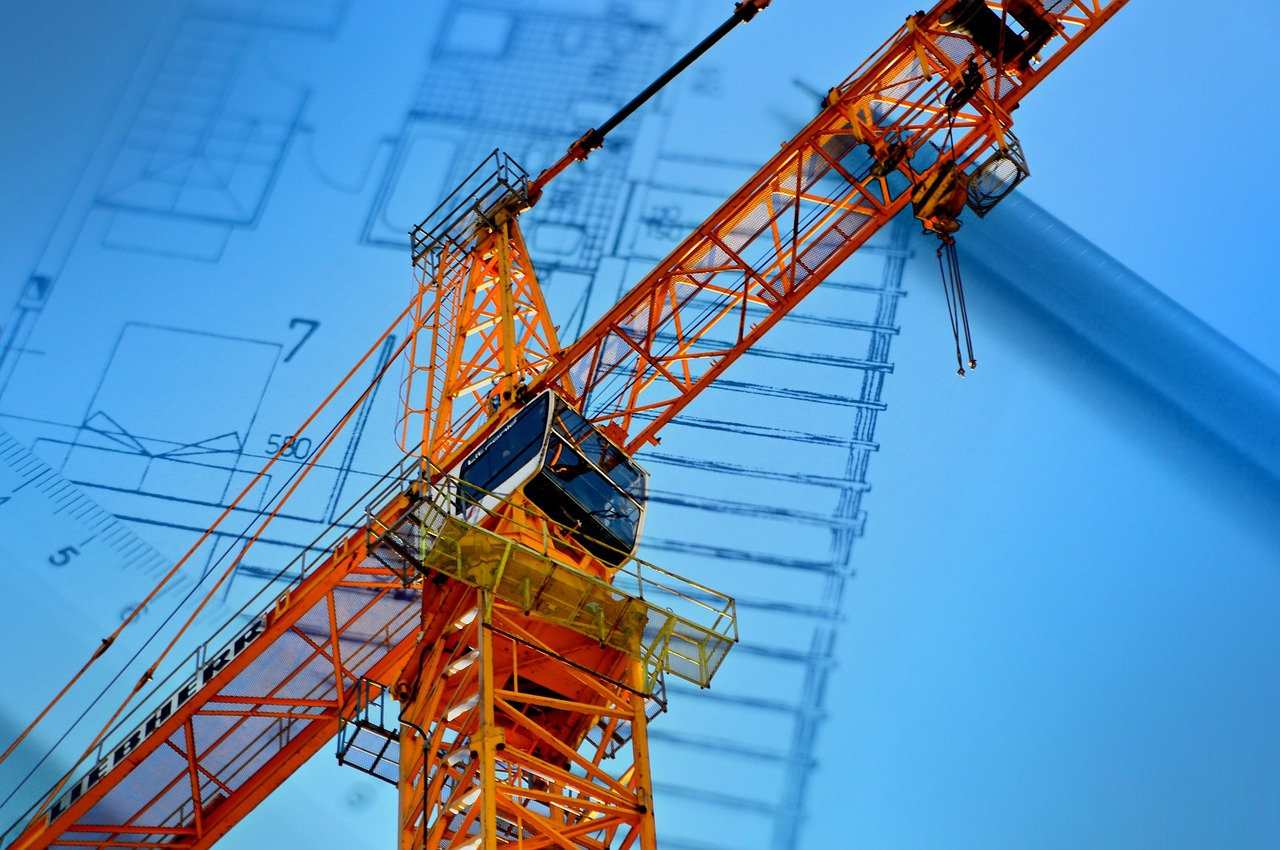Construction industry trends
Keeping up with the latest trends helps construction business stay on top of their game and helps them prepares for future challenges.
Contents |
[edit] Green building technologies
Green construction is based on building projects in an environmentally-friendly and resource-responsible way. It spirals through all the stages, from planning and design, to renovation and demolition. However, many green construction approaches are not significantly different from traditional building, since the economy, durability, and functionality, still remain important elements of the process. Although the construction industry accounts for about 20% of global emissions, expanding populations demand more buildings. The only viable way is to build sustainably, using technologies like recycled bricks, self-healing asphalt, and thermally-driven AC systems.
[edit] Modular and prefabricated elements
Modular construction companies owe their popularity mainly from the rate at which they can build residential and commercial objects. Based on assembling repetitive structures, modular construction can be a good approach for building office buildings, hotels and apartments. Modular construction can save companies a lot of time and money, but there is also a sustainable dimension to it. Since individual elements are manufactured in controlled off-site conditions, the excess material and wastage are reduced to a minimum, as is building-site noise pollution and potential health and safety risks.
[edit] Increased material cost
Material prices increased from 2-3% by the end of 2018, prompting many construction companies to consider what that would mean to them and to prepare to stay competitive. Analysed by the Associated Builders and Contractors, the US Bureau of Labor Statistics data confirms the increase in material prices. The declining prices of 2015 and 2016 have now almost been completely forgotten, as the increase in demand driven by ramped-up building activity is increasing the cost of iron and steel, steel-mill products, and softwood timber. There are also extra-industrial factors to consider, such as energy prices.
[edit] Project management software
Although the construction industry can be slow to adopt new technology, the use of project management software seems to be a strong trend. Software products are becoming more advanced, with features being added constantly. For example, by using cloud-based software platforms, quantity surveyors are able to efficiently manage design, establishing a working budget for structural and finishing elements, taking into account the architectural specifications, structural constraints, schedules and services. Such an intelligent and streamlined approach to construction cost estimating significantly improves transparency, accountability and efficiency.
[edit] Drones
These invaluable technical aides are slowly making their way into the construction arena. Government agencies are using them for tasks such as bridge inspection, emergency response, and traffic monitoring, and unmanned aerial vehicles (UAVs) can also be used for collecting data, surveying large areas of land, inspecting the progress of a project and so on.
For more information see: Drones.
[edit] Augmented reality and virtual reality
The evolving sophistication of the AR and VR technologies opens up new opportunities in improving the design and planning phases, by enabling interactive simulations of projects even before the site has been surveyed. Virtual reality is particularly useful when building in difficult or remote terrains, where site visits are challenging, while construction teams may need to communicate across long distances. This technology allows for instantaneous inspection and evaluation of the site. Although still in their infancy, today’s AR and VR solutions are expected to improve and the number of sites running trial versions is expected to increase.
[edit] Decreased labour workforce
In the US, there are currently nearly a quarter of a million open construction jobs, and the situation does not seem to be improving. With so many ongoing projects facing labour shortages, production has either stalled or slowed down. While many companies have turned to prefabricated and modular construction to meet project deadlines, the number of on-site workers is still dwindling. Since the unemployment rate is still very low, construction companies still find it hard to draw in new people.
For more information see: Skills gap.
[edit] Related articles on Designing Buildings Wiki
Featured articles and news
UK Infrastructure: A 10 Year Strategy. In brief with reactions
With the National Infrastructure and Service Transformation Authority (NISTA).
Ebenezer Howard: inventor of the garden city. Book review.
The Grenfell Tower fire, eight years on
A time to pause and reflect as Dubai tower block fire reported just before anniversary.
Airtightness Topic Guide BSRIA TG 27/2025
Explaining the basics of airtightness, what it is, why it's important, when it's required and how it's carried out.
Construction contract awards hit lowest point of 2025
Plummeting for second consecutive month, intensifying concerns for housing and infrastructure goals.
Understanding Mental Health in the Built Environment 2025
Examining the state of mental health in construction, shedding light on levels of stress, anxiety and depression.
The benefits of engaging with insulation manufacturers
When considering ground floor constructions.
Lighting Industry endorses Blueprint for Electrification
The Lighting Industry Association fully supports the ECA Blueprint as a timely, urgent call to action.
BSRIA Sentinel Clerk of Works Training Case Study
Strengthening expertise to enhance service delivery with integrated cutting-edge industry knowledge.
Impact report from the Supply Chain Sustainability School
Free sustainability skills, training and support delivered to thousands of UK companies to help cut carbon.
The Building Safety Forum at the Installershow 2025
With speakers confirmed for 24 June as part of Building Safety Week.
The UK’s largest air pollution campaign.
Future Homes Standard, now includes solar, but what else?
Will the new standard, due to in the Autumn, go far enough in terms of performance ?
BSRIA Briefing: Cleaner Air, Better tomorrow
A look back at issues relating to inside and outside air quality, discussed during the BSRIA briefing in 2023.
Restoring Abbotsford's hothouse
Bringing the writer Walter Scott's garden to life.
Reflections on the spending review with CIAT.
Retired firefighter cycles world to raise Grenfell funds
Leaving on 14 June 2025 Stephen will raise money for youth and schools through the Grenfell Foundation.
Key points for construction at a glance with industry reactions.





























Comments